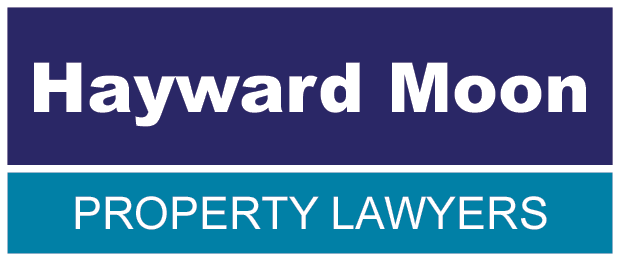A commercial lease is most likely to have a clause covering the tenants’ responsibilities regarding items of disrepair (dilapidations). The potential liabilities regarding dilapidations may be brought by the landlord for a breach of the following covenants.
Covenants
Breaches of the following covenants give rise to a tenant’s liability for dilapidations:
- Repairing covenant.
- Decorating covenant.
- Covenant to comply with legal obligations such as health and safety law.
- Covenant to yield up and any related obligations that specify the state in which you must leave the premises at the end of the lease term.
- Reinstatement requirements that relate to any alterations you have carried out during the tenancy.
Tenant fails to undertake repairs in accordance with the lease.
The landlord will instruct a surveyor to prepare a dilapidations/repair schedule and require the works to be completed within a specified time to the reasonable satisfaction of the landlord. If the works are not completed within the specified time and or to the reasonable satisfaction of the landlord, the landlord will instruct a suitable qualified tradesperson to carry out the required repairs at the tenant’s cost. Once this occurs the tenant has no control of who carries out the repairs, the works, the quality, or costs of the repair works.
The landlord will be demanding payment for the cost of the repairs and compensation for breach of covenant.
Accepting a lease when the property is in poor condition.
As a tenant do not agree to a ‘full repairing and insuring (FRI)’ lease. If the tenant does agree to accept a lease based on FRI the tenant will automatically be responsible for all repairs, regardless of whether the damage existed before the tenant took on the lease.
Conclusion
The tenant should protect their position by obtaining an independent property survey and report, along with a Schedule of Condition. The survey report and schedule of condition should be used as a basis to negotiate the lease repairing covenant ensuring that it only extends to damage occurring during the term of the tenant’s tenancy.
The tenant should abide by their lease repairing obligation and any dilapidation terms by carrying out the repair works, controlling who carries out the works, the quality, and costs of the repair works.
Please note this article is provided for general information purposes only to clients and friends of Hayward Moon Limited. It is not intended to impart legal advice on any matter. Specialist advice should be taken in relation to specific circumstances. Whilst we endeavour to ensure that the information in this article is correct, no warranty, express or implied, is given as to its accuracy, and Hayward Moon Limited does not accept any liability for error or omission.
Please note this article is provided for general information purposes only to clients and friends of Hayward Moon Limited. It is not intended to impart legal advice on any matter. Specialist advice should be taken in relation to specific circumstances. Whilst we endeavour to ensure that the information in this article is correct, no warranty, express or implied, is given as to its accuracy, and Hayward Moon Limited does not accept any liability for error or omission.



